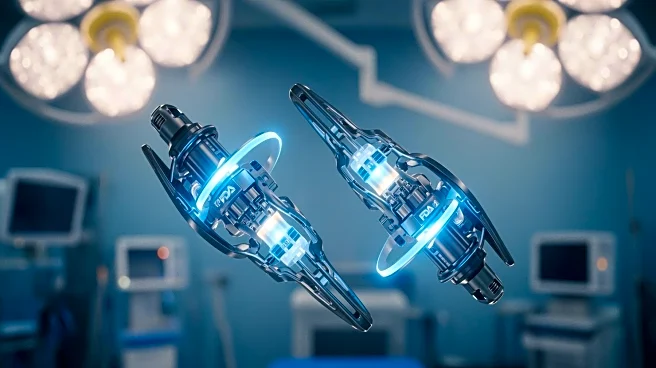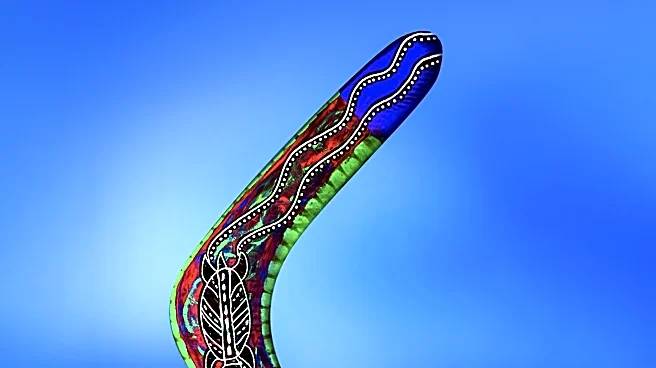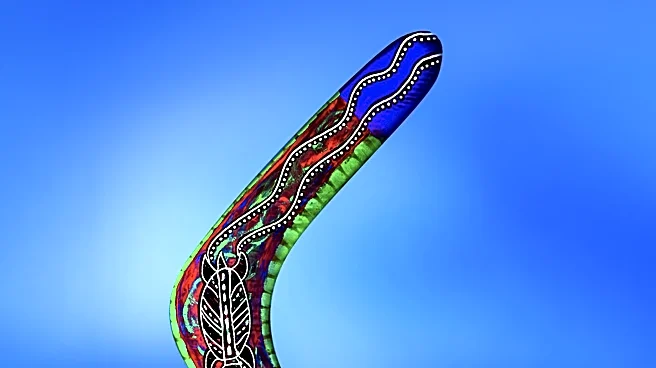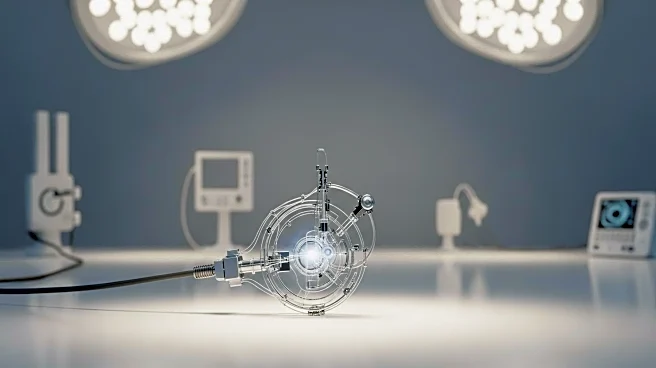What's Happening?
Centinel Spine, LLC has received U.S. Food and Drug Administration (FDA) Premarket Approval for its prodisc C Vivo and prodisc C SK cervical total disc replacement devices for two-level indications. This
approval marks a significant milestone for the company, which focuses on treating cervical and lumbar spinal diseases with its clinically-proven total disc replacement technology. The approval follows a landmark IDE Clinical Study that demonstrated the safety and effectiveness of these devices, achieving the highest overall composite clinical success rate at two levels compared to other approved cervical TDR devices. The study involved 480 subjects across 31 centers, with the PMA based on the analysis of 433 subjects. The prodisc technology is the most studied TDR system globally, validated by over 540 published papers and more than 275,000 implantations.
Why It's Important?
The FDA approval for two-level indications of Centinel Spine's prodisc devices expands treatment options for patients with cervical spine disorders, offering an alternative to traditional fusion surgery. This development is significant for the medical device industry, as it underscores the continuous evolution and refinement of motion-preserving surgical techniques. The approval allows surgeons to match the disc to each patient's anatomy, potentially improving patient outcomes and reducing the need for secondary surgical interventions. The success of the IDE Clinical Study highlights the effectiveness of the prodisc technology, which could lead to increased adoption and further advancements in spinal surgery.
What's Next?
With the FDA approval, Centinel Spine is poised to enhance its market presence in the U.S. and expand its offerings to spine surgeons and patients. The company may focus on increasing the availability of its prodisc devices and educating healthcare providers about the benefits of cervical disc arthroplasty. As the technology gains traction, it could lead to further innovations in spinal surgery and potentially influence the development of new motion-preserving devices. The approval may also prompt other medical device companies to invest in similar technologies, driving competition and advancements in the field.












